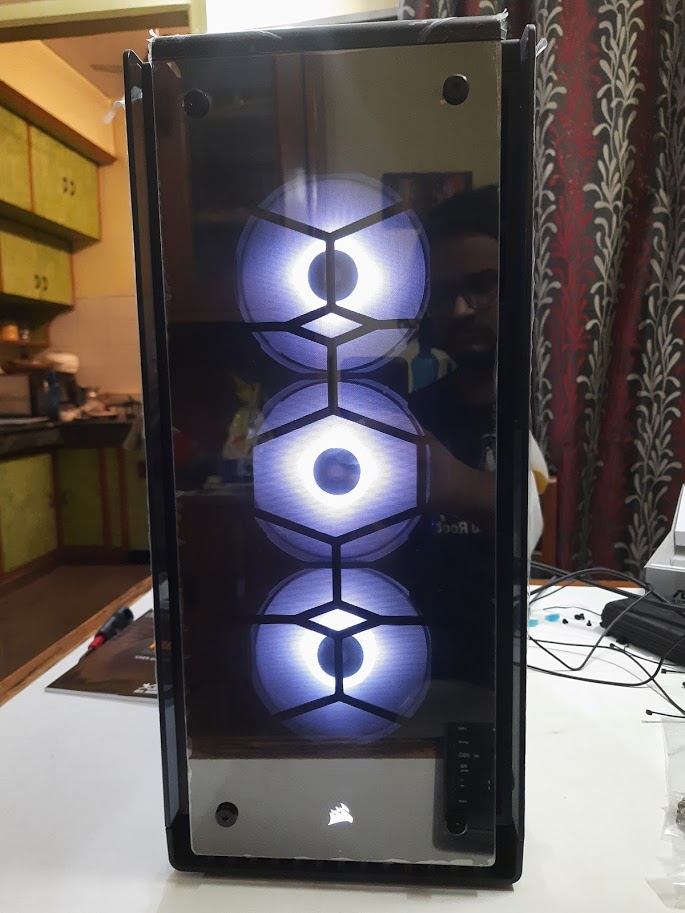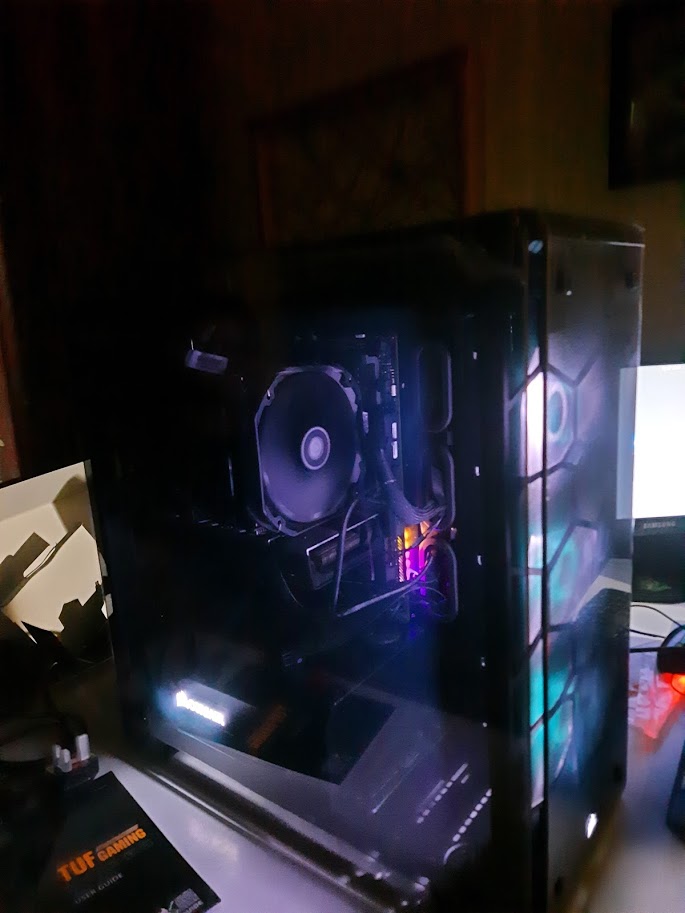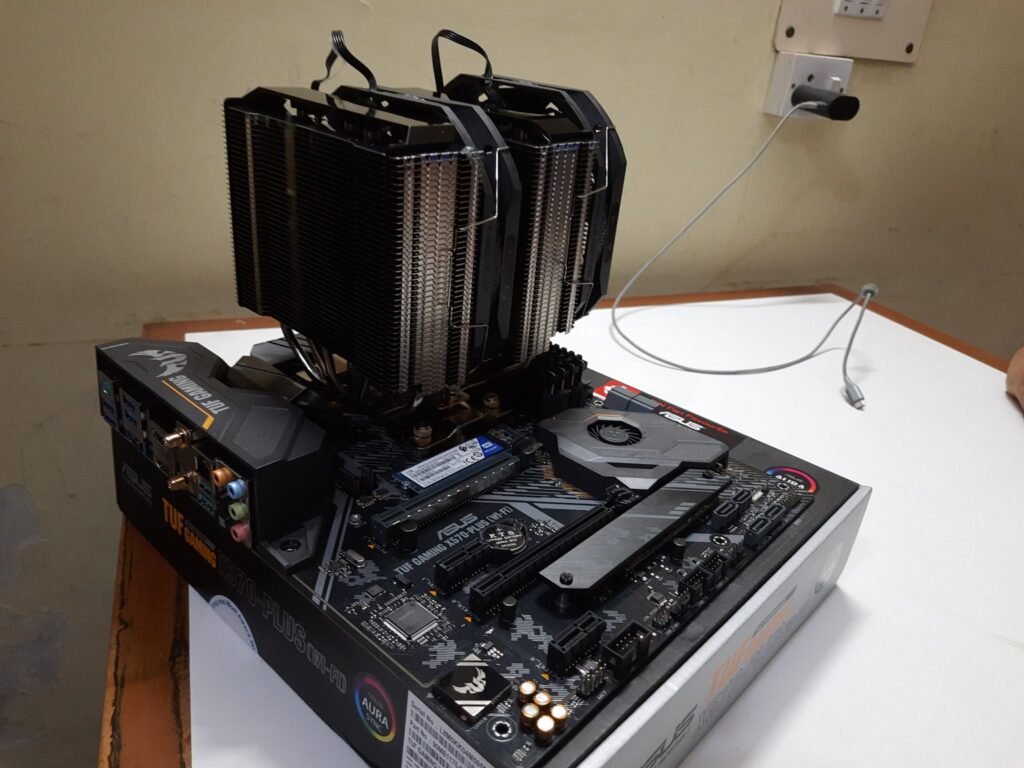This project started as an upgrade to my now 3 year old portable workstation. It was a Dell Precision 7720 powered by a Skylake based Intel Xeon E3-1535M v6 aided by a 32GB ECC memory kit. And it was no slouch either, for the time, it was the fastest computer you could buy at the time that would fit in a bagpack, ran off of a battery pack (for 15min on full throttle), and doesn’t cause much ruckus at the airport immigration.
But, that was three years ago and it was time to upgrade. During these three years a LOT changed, mainly Intel drowned in its internal politics and fab mismanagement and meanwhile AMD managed to steal the price-performance-cost crown from right under Intel’s nose, and gave us the blessed Zen Architecture. And this is where Athena’s story starts.
Athena was originally supposed to be, like its predecessor, a portable workstation but with Ryzen at its heart. I was looking at some upcoming workstations powered by the Ryzen 9 4000H mobile processors. Now, living in India I was aware of the massive import taxes that need to be paid and that means any portable workstation dream never get realized. Most OEMs don’t even sell high end portable workstation here for the same reason. So I would usually buy my hardware during Linaro Connect, which meant meeting with folks from the USA, EU and other places every 6 months and this made acquiring expensive hardware a breeze. And this was my plan with Athena as well, but then…
Bum Bum Bummmmmm… Covid-19 strikes, anywhere with a human population suddenly becomes a no fly zone. Now what?
Waiting till March 2021 seems, well, stupid. Doesn’t look like things are going to improve anytime soon. And along with my plans of having a Deep Dish Pizza in Chicago the plans of Athena being a portable workstation went down the drain 🙁
It’s finally September, I’ve just spent weeks iterating on a Yocto build, the build times have been slow and frustrating and it doesn’t look like the world is going to open-up anytime soon. It’s time to get a new workstation. So it’s decided, since I am not spending on the luxury of portability Athena is going to be a humongous, power guzzling, rampant monster with enough memory to put most ultrabook’s storage to shame. And so this is what the final specs ended up being:
- AMD Ryzen 9 3950x
- ASUS TUF x570 Motherboard
- DeepCool Assassin 3 dual 120mm fan heatsink (This is huge in size, make sure to choose your RAM and case accordingly)
- 128 GB (32×4) RAM
- SSD (From the old workstation)
- 500GB NVME WD BLack SN750
- 1TB WD Blue M.2 Sata
- Radeon RX580 8G GPU (Previously Owned)
- Corsair 850RM PSU
- Corsair 570x Case
Now a few “compromises” were made due to availability:
- The Asus TUF series wasn’t my first choice, I wanted to go with the WS (Workstation) series.
- The 570x might be the sexiest case one has ever seen, but its made almost entirely of 4-5mm thick tempered glass which makes it super heavy and a PITA to do small upgrades or changes. I was going for a more traditional 750D case from corsair.
- I was hoping for ECC memory since AMD supports it in consumer and HEDT processors, but getting a decent 128G kit proved to be so challenging that I never pushed for ECC.
So what does it mean in terms of performance?
Without any extra overclocking here are some meaningful numbers, all tests were done with ccahe clean and with repos synced on the 29th of September:
- Linux Kernel: aarch64_defconfig cross compile
- 3 minutes
- Kodi including ffmpeg
- 6 minutes
- Balena-OS*
- 1 hour
- AOSP db845-userdebug**
- 1 hour
With this I leave you all with a voice over commentary of the build log!
Footnotes:
* Balena OS is mostly yocto based but one particular package compilation, rustlang-native, is mostly single threaded and intermediately uses 8 or so cores.
** AOSP build was able to streatch its leg when the java bits were running consuming a maximum for 62 GB of memory.


